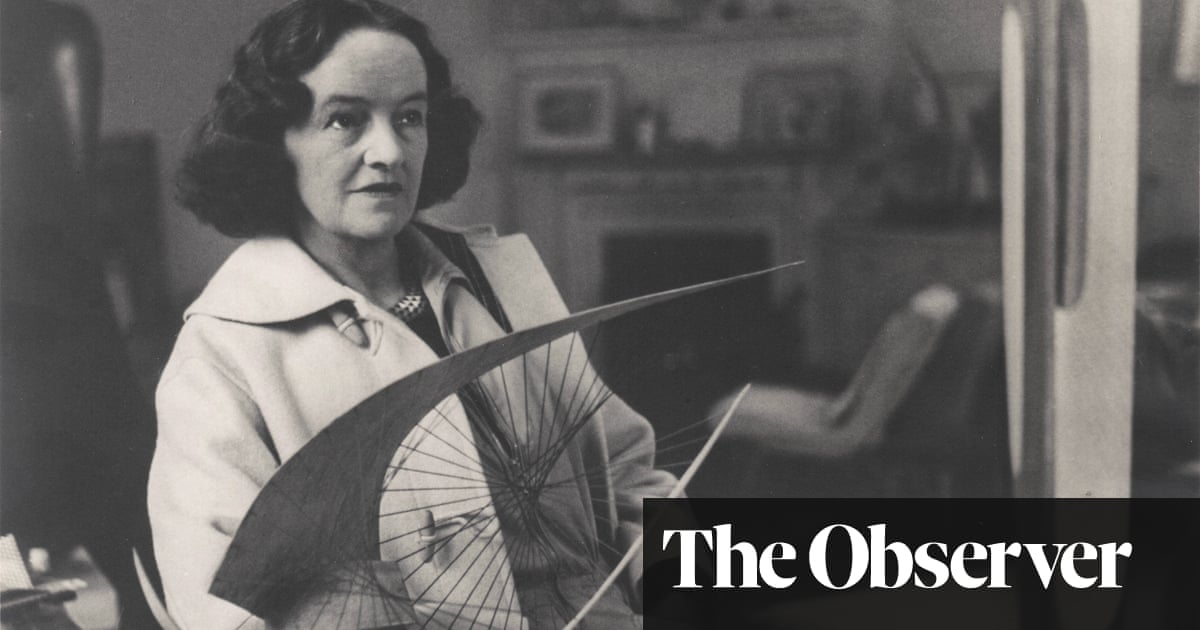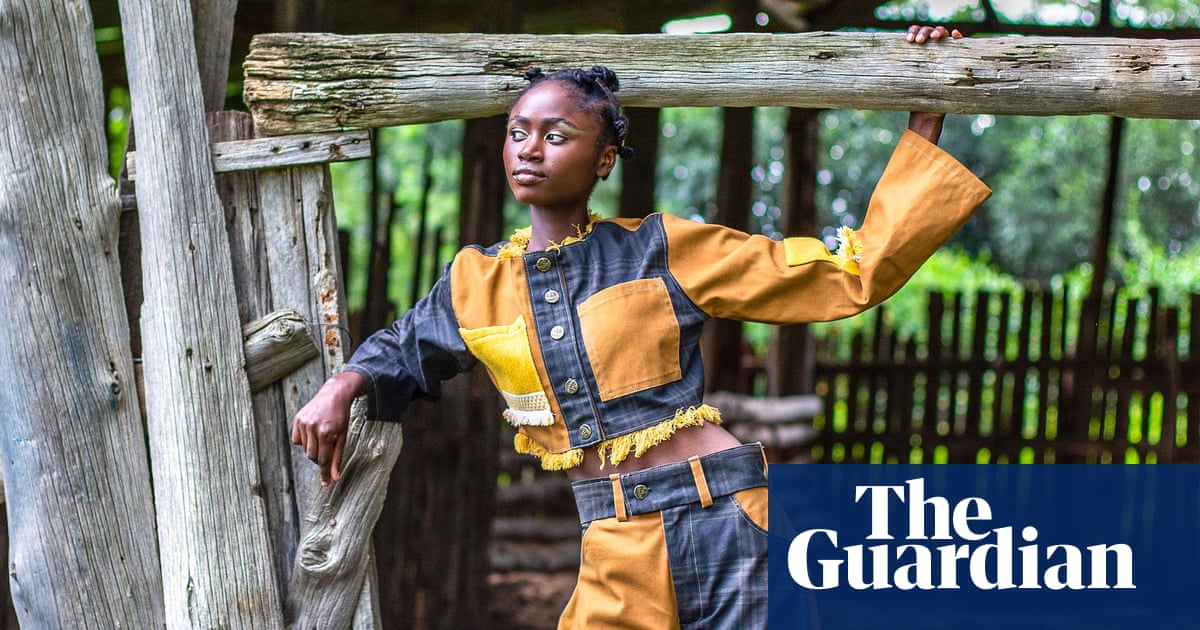It’s as central to Bob Dylan as a harmonica – it is, of course, a scarf, Dylan’s preferred accessory, and one that has become a go-to for Timothée Chalamet, who has been wearing them constantly since filming the Dylan biopic A Complete Unknown. But the brown, bedraggled scarf scrunched around his neck at the beginning of the film, as a young and carefree Dylan, isn’t quite what it seems. According to costume designer Arianne Phillips, the well-worn shawl was a last-minute fix. “We had a hard time making [our original scarf] look authentically raggedy,” she says. “So that was actually a piece of blanket that we found at a charity shop. That was very last-minute – we did everything on the spot, leading up to the final moments where Timmy was walking on set, to give it that aged look.”
Otherwise it’s Dylan’s trademark denim, boots and hair that unify each era of his low-key yet instantly recognisable clothing style, says Phillips. As the costume designer on James Mangold’s film – currently topping the UK box office – she was tasked with showing the subtle progression of the rock veteran’s wardrobe. Through Chalamet – who plays him with a winning mix of arrogance and indifference – we see Dylan evolve from scraggly, scruffy young kid, to an aloof mod in Wayfarers in line with his growing fame. Recreating iconic looks – from his Freewheelin’ album cover to the leather jacket and super-skinny jeans he sported on stage at the Newport folk festival in 1965, at the peak of the electric Dylan controversy – we see his fashions change over time. By the end of the film he’s drawing sartorially and musically from across the Atlantic – inspired by the likes of the Kinks and the Beatles – and even beginning to dabble with colour and playful polka dots.

Getting the right jeans required painstaking research. While Dylan wore Levi’s in real life – as Chalamet does in the film – it was impossible to track down the exact style he had worn in 1965 when he was seen by many to be straying from his folksy roots. What were these skinny jeans that Dylan had worn, which Phillips describes as “stovepipe thin jeans”?
Aiming to be as authentic as possible – Dylan supported the film but did not advise – Phillips followed her research to the head of Levi’s’ vintage division, who confirmed that Dylan was wearing a type of jeans called “Super Slims” on stage at Newport. The company had manufactured the style during a small window in the 1960s. “We just couldn’t [find them] – so they offered to remake them for us.”
Inspired by his folk heroes including Woody Guthrie, and “the Americana dust bowl everyman”, Dylan started off in baggy styles, embodying the DIY spirit of the era. “They’re like painters’ pants,” says Phillips. “A denim work pant.” Things begin to get slimmer with his 1963 album, The Freewheelin’ Bob Dylan, where Phillips assumed that the musician was in Levi’s 501s (albeit a pair with a small homemade bootcut modification made by Dylan’s then-girlfriend Suze Rotolo, to get them over his shoes, a detail Phillips gleaned from reading Rotolo’s memoir).
Of course, Dylan wouldn’t be complete without his sunglasses, which were bought from a Los Angeles vintage store specialising in eyewear, and are from the brand Bausch and Lomb, who went on to create the iconic Ray-Bans.
The significance of denim is key, and Phillips, who received Bafta and Oscar nominations earlier this month for her work on the film, is no stranger to sourcing period pieces. “When I did [Quentin Tarantino’s] Once Upon a Time in Hollywood, I purposely put all the Manson family in denim, because it was countercultural, and frowned upon in certain public spaces,” she says. As for Dylan, she says he wore the fabric “consistently … it was a representation of the youth movement in the 60s”.

There was also a starring role for real vintage clothing, sourced from flea markets, dealers, and even Etsy. The embroidered, faux fur-trimmed suede coat worn by Elle Fanning as Sylvie Russo, a character based on Rotolo, was sourced from that website. “Two-thirds of Timmy’s costumes were made for him, and then the last third were very special vintage pieces,” Phillips says. These included workwear, and “an American Pendleton [plaid] shirt, which is impossible to recreate; I wouldn’t want to – it has that hang and that feel.” Plus, says Phillips, actors move differently in older corduroy, hopsack and moleskin, compared with modern fabrics.
after newsletter promotion
Creating authentic reproductions was crucial for Phillips and her 40-strong team, from getting a cobbler to meticulously recreate Dylan’s Chelsea boots to recreating the knitwear worn by his mentor, Pete Seeger, which was originally made by his wife, Toshi. But Phillips credits the “breakdown artists”, whose job it is to distress the clothes. They are the people, she says, who “really give texture and depth to the story we’re telling”.

 2 hours ago
2
2 hours ago
2













































